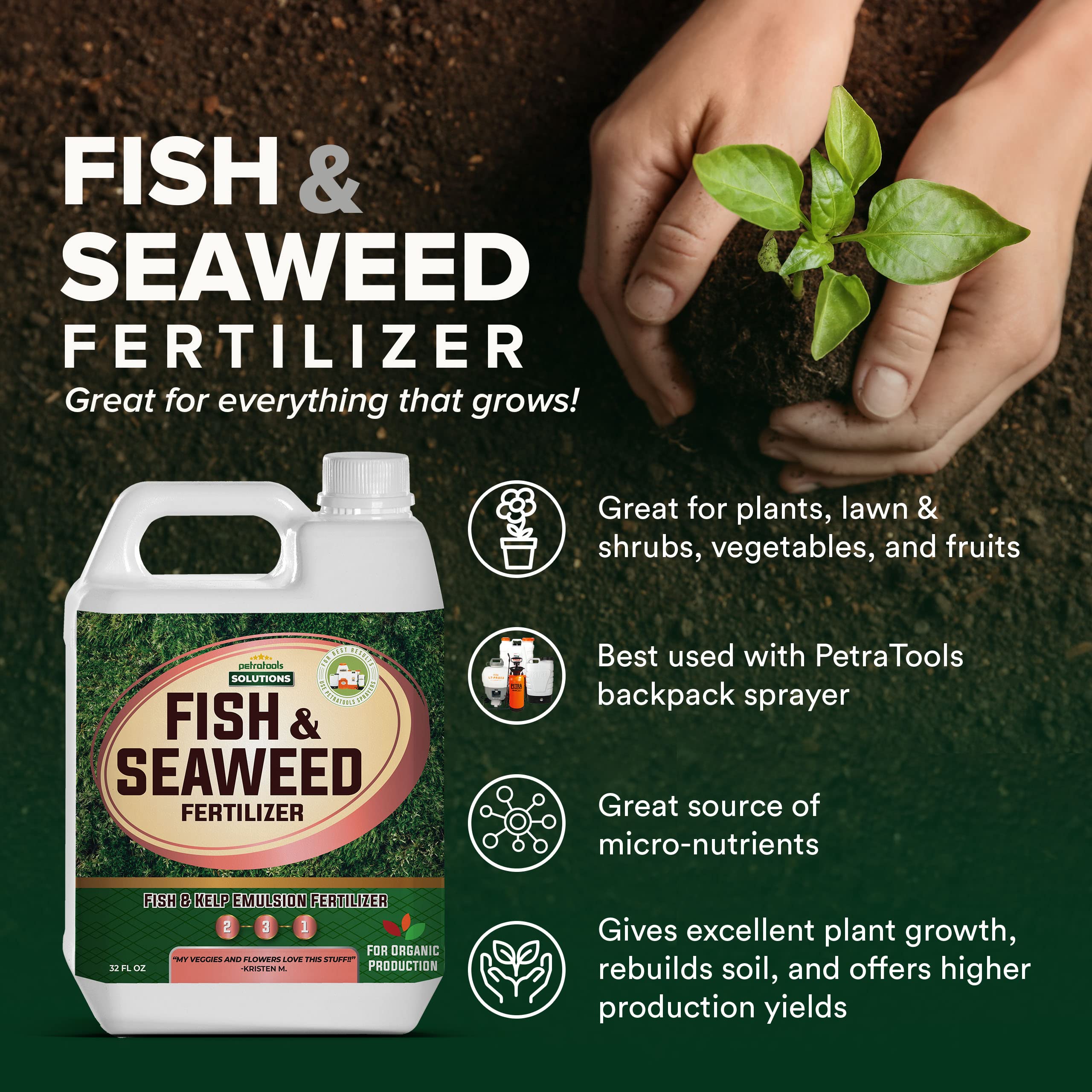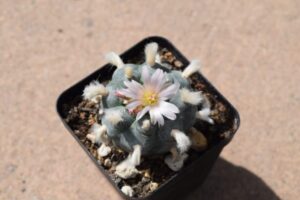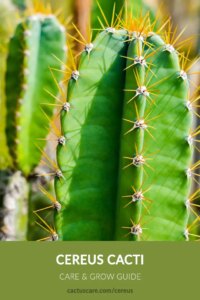Fish and seaweed fertilizer has gained considerable popularity among horticulturalists and plant enthusiasts alike. When it comes to nurturing cactus plants, this organic concoction is a veritable treasure trove of nutrients. With its rich profile of amino acids, essential minerals, and trace elements, this fertilizer not only bolsters plant vigor but also promotes resilience against environmental stresses. This article will elucidate the mechanisms, benefits, and application of fish and seaweed fertilizer for thriving cacti.
Understanding the Composition and Benefits of Fish and Seaweed Fertilizer
Fish emulsion, derived from the processing of fish remains, offers an abundance of nitrogen, phosphorus, and potassium—key macronutrients required for robust plant growth. In addition, it is replete with micronutrients, including magnesium, calcium, and sulfur, which are crucial for metabolic processes. Meanwhile, seaweed extracts, primarily obtained from various species of brown algae, are celebrated for their high concentrations of hormones, such as auxins and cytokinins. These natural growth regulators can significantly enhance plant development and improve stress tolerance.
The unique synergy between fish and seaweed fertilizer provides a comprehensive nutrient package that is particularly suitable for cacti, which thrive in arid conditions. This fertilizer not only supports rapid growth but also strengthens the plant’s immune system, making it more resilient to pests and diseases. The presence of hormones in seaweed encourages root development while the nitrogen from fish emulsion stimulates foliage growth, leading to a well-balanced and healthy cactus.
Choosing the Right Fish and Seaweed Fertilizer for Cacti
When selecting a fish and seaweed fertilizer, it is imperative to consider its formulation. Fluids, powders, and granules are common forms. Liquid fertilizers are easily absorbed by the plant, making them an excellent choice for rapid nutrient delivery. Powdered and granular fertilizers tend to release nutrients more slowly, thus, might be preferable for a steady nutrient supply over time.
Furthermore, scrutinize the nutrient ratios depicted on the product label. A balanced fertilizer with an N-P-K (Nitrogen-Phosphorus-Potassium) ratio of around 3-1-1 is ideal for cacti. This promotes strong, healthy growth without overwhelming the plants with excessive nitrogen, which could lead to leggy and unstable stems. Always opt for organic formulas when possible, as they tend to have lower salt concentrations, reducing the risk of toxicity to sensitive cacti.
Application Techniques: Timing and Methods
Proper timing and application techniques are essential for maximizing the benefits of fish and seaweed fertilizer. Applying this fertilizer during the active growth period, which typically spans from early spring to late summer, will yield the most impressive results. Cacti are primarily dormant in the winter months, and fertilizing during this time can potentially harm the plants.
Before application, ensure that the soil is moistened but not waterlogged. This practice aids in preventing root burn and enhances nutrient absorption. Depending on the specific product and plant needs, a general guideline is to apply the liquid fertilizer every four to six weeks throughout the growing season. Diluting liquid fertilizer to half the recommended strength can showcase additional benefits while minimizing the risk of over-fertilization.
When applying fertilizer, consider the method—whether drenching the soil or foliar feeding. For potted cacti, pouring the diluted mixture around the base is advisable. Conversely, for larger specimens or those in the garden, consider foliar feeding to promote rapid uptake, but be cautious to avoid saturating the spines, as this can lead to rot.
Monitoring Plant Response and Adjusting Fertilization
After applying fish and seaweed fertilizer, it is crucial to monitor the cactus’s response. Healthy growth will manifest in vibrant colors and increased vigor. However, observe for any signs of distress, such as yellowing or wilting. These symptoms may indicate nutrient overdose or inadequate light. Adjustment of fertilization frequency or concentration may be necessary based on observed responses.
Additionally, the soil’s composition plays a pivotal role in the effectiveness of fertilizers. Cacti thrive in well-draining soils. If the soil tends to retain too much moisture, consider amending it with sand or perlite to ensure a good balance that allows for optimal nutrient uptake without risking over-saturation.
The Environmental Impact and Sustainability of Using Fish and Seaweed Fertilizer
Employing fish and seaweed fertilizer not only promotes healthy cacti but also aligns with sustainable gardening practices. These organic fertilizers improve soil structure, enhance microbial activity, and reduce water runoff due to their natural composition. Unlike synthetic fertilizers, which may contribute to environmental degradation, organic alternatives foster ecological balance.
In summary, fish and seaweed fertilizer represents an excellent choice for cultivating thriving cactus plants. By understanding its composition, benefits, and effective application techniques, enthusiasts can significantly enhance the health and aesthetic appeal of their cacti. With conscientious monitoring and adjustment, both novice and experienced gardeners alike can successfully integrate this organic fertilizer into their horticultural routines. Ultimately, the thriving condition of cacti nourished by this rich blend reflects the profound connection between nature and nurturing care.





Leave a Comment